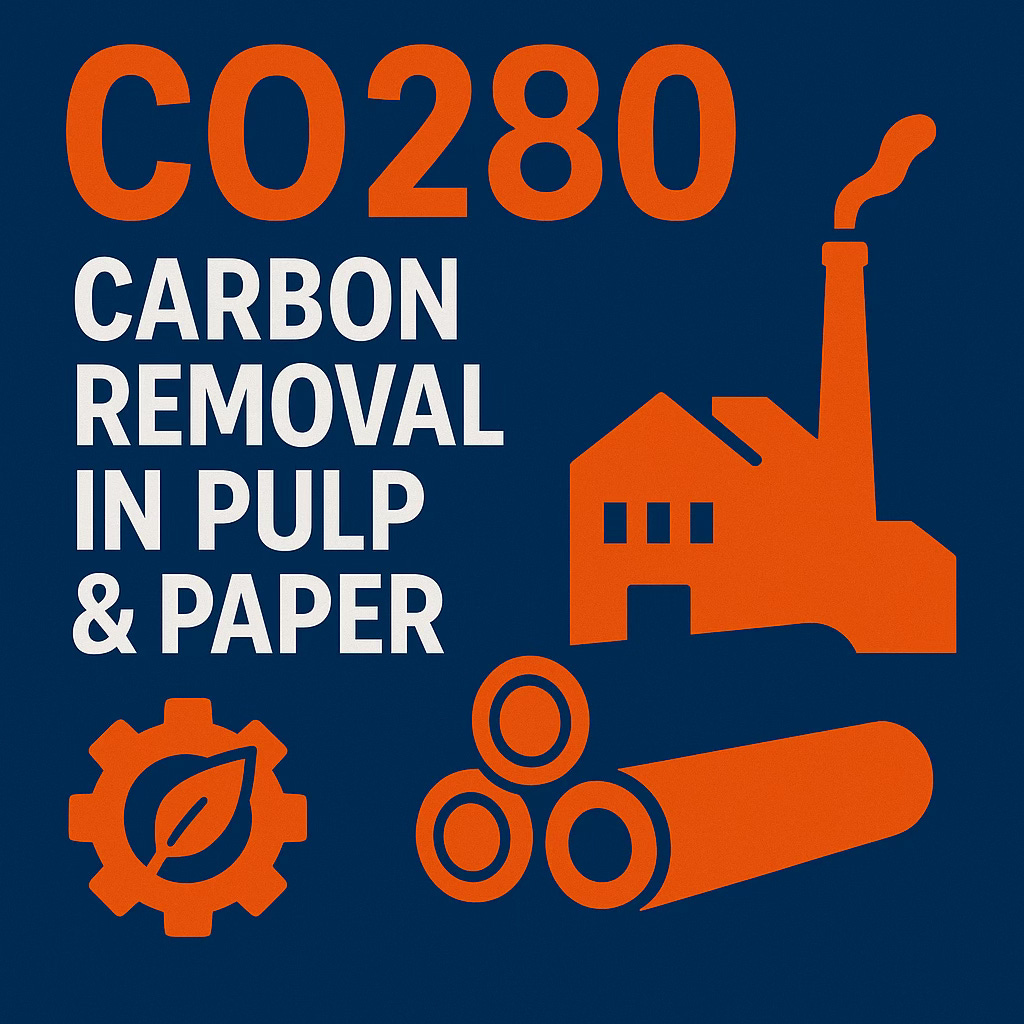The Startup That’s Turning Pulp and Paper Mills Into Carbon Removal Factories
A new episode of Reversing Climate Change just dropped, and it features one of the most commercially savvy carbon removal companies out there: CO280.
If you follow CDR (carbon dioxide removal), you’ve probably seen CO280 on leaderboards like CDR.fyi, or in headlines announcing big offtake deals. But what’s behind their rapid rise?
In this episode, I spoke with CO280’s co-founders — Jon Rhone (CEO) and Natalie Khtikian (Chief Commercial Officer) — about how they’re making a deep cut into emissions from one of the most overlooked but carbon-heavy industries: pulp and paper.
What makes their approach different?
👉 They’re not a tech startup—they’re a tech-agnostic project developer.
Rather than trying to invent new carbon capture tech, they retrofit existing pulp mills with proven solutions and focus on making it financially viable at scale. Think: fewer science experiments, more steel in the ground.
👉 They use joint ventures to align incentives.
CO280 partners directly with pulp mills sharing both ownership and profit. That means their carbon removal projects aren’t bolted on as charity work. They become competitive assets that strengthen the mills’ bottom lines.
👉 Their go-to-market is laser-focused on offtake.
A lot of startups build something and hope the buyers come. CO280 did the opposite: they engineered the business to be attractive to buyers like Microsoft, JPMorgan, and Frontier from day one.
“If the big buyers weren’t interested, we’d go do something else,” Jon said in the interview. That customer obsession has paid off.
👉 They’re optimistic about CDR — and it’s infectious.
Natalie made a strong case for why we might be at a turning point: more RFPs are coming in, new buyers are emerging globally (especially in Japan), and price points are reaching levels that scale.
🎧 Listen to the full episode now: Reversing Climate Change x CO280
→ Hear how they built the company
→ Why they chose pulp and paper
→ What the future of carbon removal might look like
Want more conversations like this?
Subscribe for new episodes and in-depth takes from the front lines of climate innovation.



